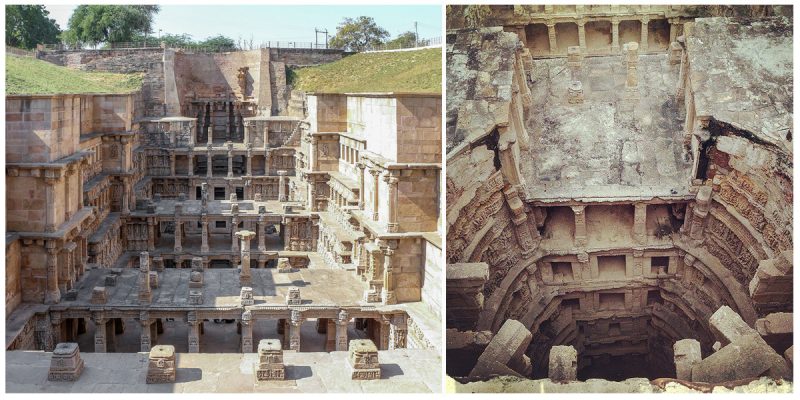Rani ki vav or “the Queen’s step well,” is a famous stepwell in India which was intricately constructed in the 11th century AD. It is located in the town of Patan in Gujarat on the banks of the Saraswati River.
Built as a memorial to the King Bhimdev I by Queen Udayamati, it measures more than sixty-five meters in length and is amongst the largest monuments in Gujarat. According to UNESCO, this kind of stepwells have been constructed since the 3rd millennium BC as a distinctive form of subterranean water resource and storage system on the Indian subcontinent.
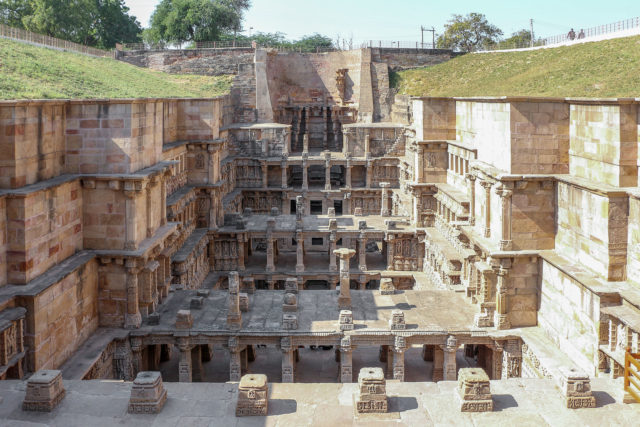
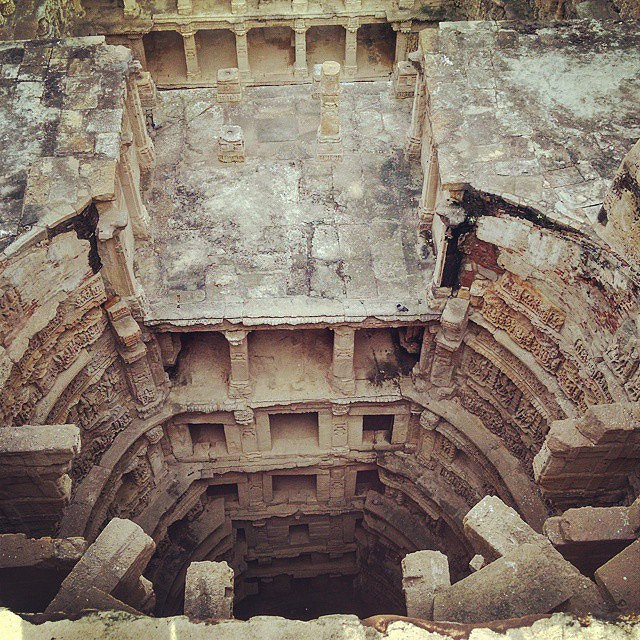
The stepwell was constructed during the Chaulukya dynasty, and the references for the building can be found in Prabandha Chintamani, composed by Merunga Suri in 1304 AD. It is said that Queen Udayamati, together with King Karna, completed the monument after the King Bhimdev I’s death. Apart from its function as a water storage system, the stepwell is also known for its 500 detailed carved sculptures.
Most of the sculptures are devoted to Vishnu, and others represent lady figures showing the 16 elements of body decorations called Solah Shringar. The water storage system is also known for its great spiritual significance, with ayurvedic plants around it that were very helpful for diseases and fever.
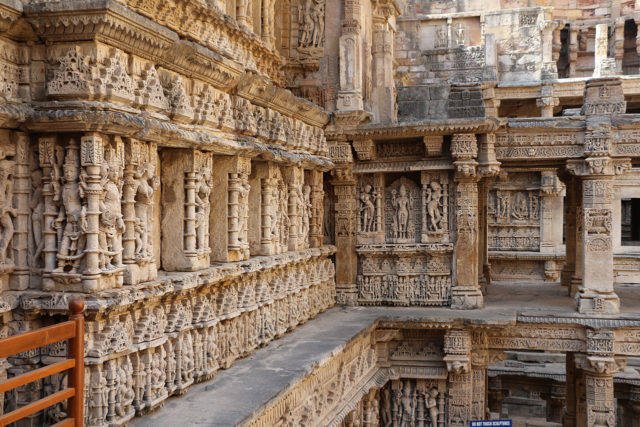
The steps begin at ground level and lead to the deep well below. The deep well can be seen from the top by going around the structure. From the lowermost part of the stepwell, at the base of the well, an image of Vishnu on Shesh Shaiyya (Vishnu lying on a snake bed), can be seen.
The stepwell is 27 meters deep, 65 meters long, and 20 meters wide and is one of the largest structures of its type. At the last step of the step well, there is a small gate with a tunnel thirty kilometers long used as an escape gateway which leads to Sidhpur, the nearest town to Patan.
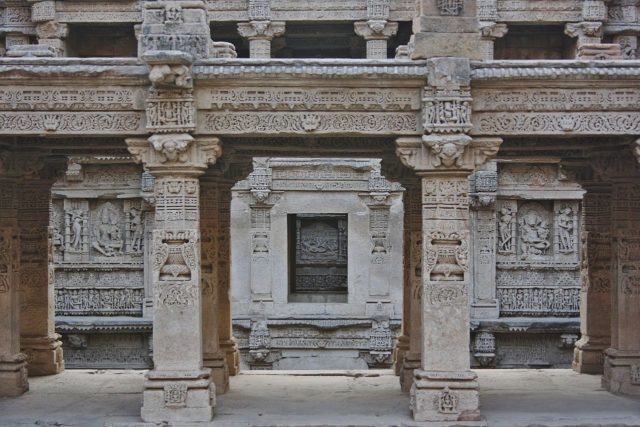
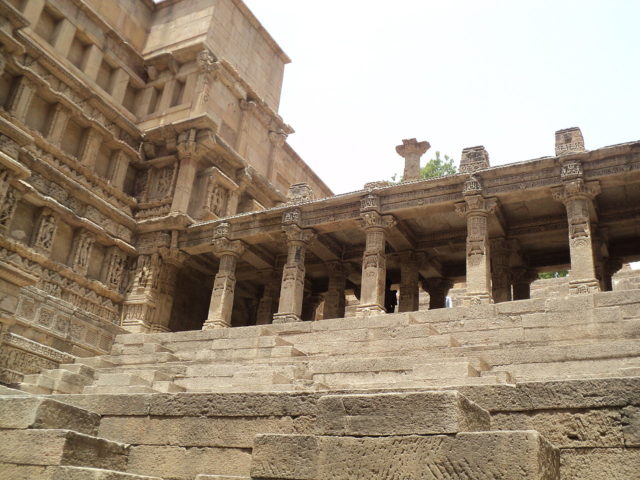
Rani ki vav is formally designated as an ancient monument of national importance, and it was added to the list of UNESCO’s World Heritage Sites in 2014. It is protected by the Ancient Monuments and Archaeological Sites Act of 1958.
Here is another story from us: The tragic origins of the most beautiful stepwell in India
Beating ten other iconic heritage structures across the country, Rani ki vav bagged an award for the “Cleanest Iconic Place” at the Indian Conference in 2016 in New Delhi, and it was inaugurated by Prime Minister Narenda Modi.
